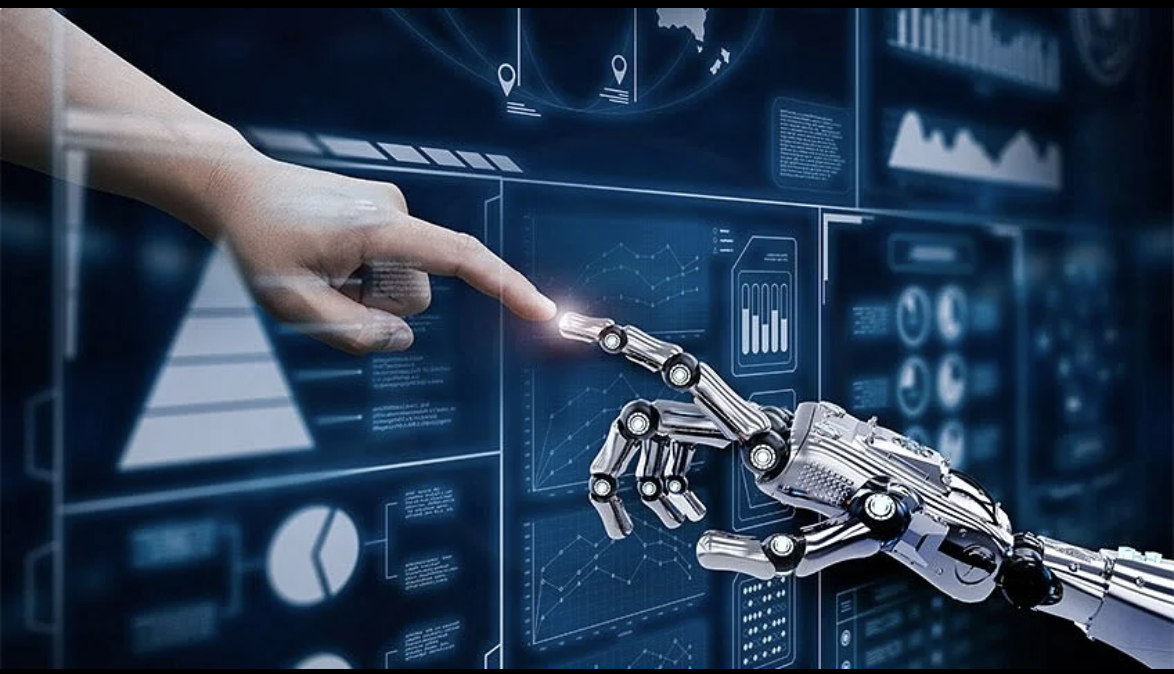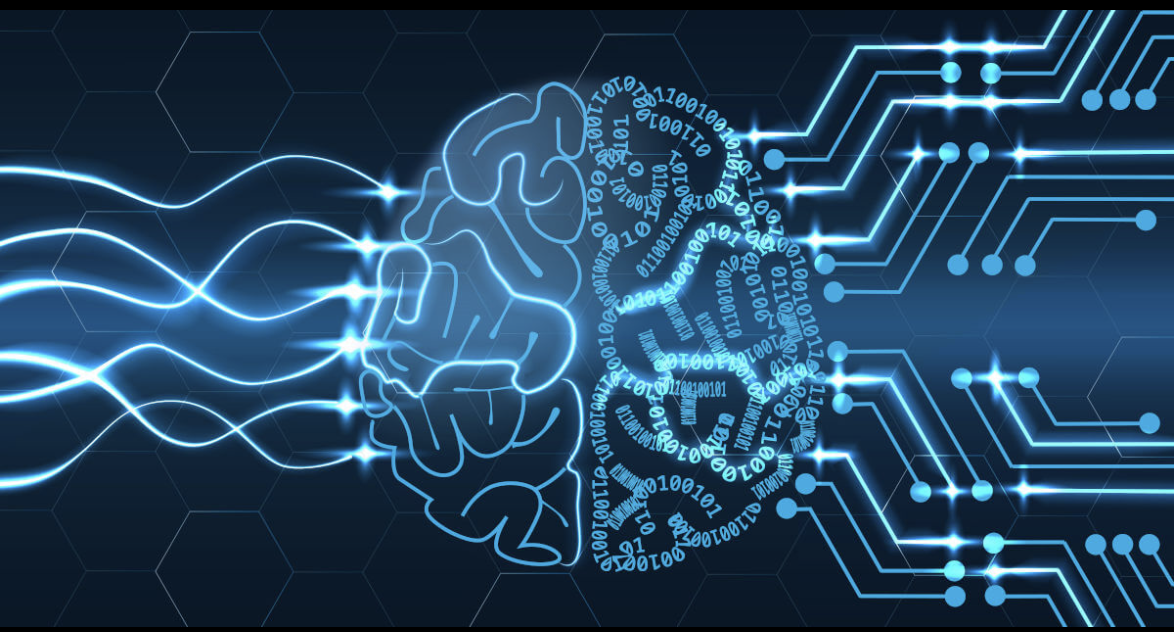What is Machine Learning?
Machine Learning and it's Core Componentes – No Code!
What is Machine Learning?

Machine Learning is the process of teaching a computer from your data. The outcome of task and data at hand decides what and how we want to teach. There are different algorithms of Machine Learning, viz. Linear Regression, Decision Trees, Neural Networks, etc. Before we get into individual algorithms, it’s important to know and understand at a high level how Machine Learning Algorithms work.
What does it mean by implementing a Machine Learning algorithm? What are it’s core components, if any? What broad steps are there? We will try to answer these here.
A Machine Learning algorithm revolves around “something” to be learnt from given data. “Something” could be a classification task – classify dog vs cat image from a pool of cats and dogs images or it could be a problem of predicting a continuous value (e.g. house price, stock price, etc.) – this is also called as Regression. Don’t worry if you never heard word regression before (I did not know what it really meant either, even after looking into a dictionary, I could not relate to it intuitively. As you might have guessed, English is not my first language :) ) Having spent some time on finding it’s true meaning, just trust me when I say, don’t worry about it, you don’t need to know it.
Now, coming to the task at hand. We want to teach our algorithm a task. Think over it, if you want to teach someone something, how would you do it? What tools, measures/metrics would you fomulate? Think about your approach for a bit before moving to next part.
From the outset, you will need:
- A way to predict – to compute what your algorithm “thinks” about the input. This will be our instrument to get the response when we provide with raw data. Standard term for this is Model. This can also be thought as a hypothesis/assumption that the our process has learnt.
- Then , we need a way to measure it’s (model’s) performance – how well your model has learnt the task that you are trying to teach. We call this a Cost Function
- Once you have prediction and a way to measure it’s performance, you need a way to optimize your model’s performance based on it’s Cost. We call this an Optimization Algorithm. This is the most crucial part, running optimization algorithm with Model predictions and Cost Function calculations is so called Training.
Analogy
Broadly, you can draw an anology of teaching something to your younger self or a toddler, like:
If we want to teach them something, we would not just read it out load once and assume that they understood everything. Interestingly, same goes with machines/computers.
- We need to tell it once (train for one epoch),
- Ask some questions, see how well it understood by asking them to take quizzes (measure performance (calculate cost) on trained data)
- And continue this process until it understands per our standards (repeat training until convergence).
Once their performance is satisfactory during teaching along with quiz scores, we give then an unseen questions in the form of an exam (run our algorithm against test data). The score of that exam decides how well the toddler learnt and if it can generalize well. Same goes for our model, based on the TestScore, we decide if this meets the standars for deploying it in prodcution.

Core Components
Concretely, we can draw 3 important things that we need in our toolset to teach machine a given task: 1
- A Model
- A Cost Function
- An Optimization Algorithm to minimize the Cost
- Metrics to decide if the algorithm performs well on unseen data (e.g. accuracy, loss, etc.)
Let’s look at how you would go on implementing each of these steps in Python code in the next post!
Om Shanti,
Indra.